|
Years ago, after my elderly mother-in-law passed away and we were sorting her things, I came across this Christmas card. I couldn’t throw it away. I didn’t know who Joan was or how she knew my mother-in-law, but what I did know was that this woman had a story. DEAR LOUELLA, HOW ARE YOU? THIS IS LATE, SORRY. I HAVE HAD A LOT OF SICKNESS THIS LAST YEAR OR SO. I LIVE ALONE, SO IT'S HARD, BUT GOD KEEPS MY DAMAGED HEART BEATING. I WASN'T MYSELF UNTIL I LEFT BEN, NOW IT'S EASY TO KNOW WHO UNDERSTANDS WHAT LOVE IS. LOVE, JOAN This short note has affected me as much as anything I have ever read. I’ve often thought that I should write about it, gently tug meaning out of it and piece together my reflections. But I’ve decided that there’s not anything to add. Joan was writing straight from her heart in a way few of us ever manage to do. This holiday season, may God keep all our damaged hearts beating, may we truly be ourselves, and may we find others who understand what love is.
0 Comments
It’s difficult for me to express my thoughts about the egregious racial injustices that are imbedded into our history, culture, and institutions. I don’t know where to start, and in this moment I would rather listen than try to make my own voice stand out. But my silence isn’t acceptable, either. So for anyone who comes across my website or Facebook page, know this about me: I believe that Black Lives Matter. And to those who say “All Lives Matter,” let me gently suggest that you are missing the point. Please read this blog from parents.com—it offers some metaphors that are useful in understanding the issue. https://www.parents.com/kids/responsibility/racism/reasons-all-lives-matter-doesnt-work-in-terms-simple-enough-for-a-child/
There are many, many ways we can show our support for the change that needs to happen in our country. Reading books by and about Black Americans—and truly allowing ourselves to learn, to be transformed—is one of those ways. It’s important work. Let’s get busy.
I have been irritable much of the day. I don’t enjoy the work I’m doing, and there is nothing to look forward to. It’s Good Friday, but there will be no family dinner on Easter Sunday, no dyed eggs or coconut cookies topped with jellybeans to resemble bird nests. Instead we’ll be trying our luck at our first-ever family video call. We are still in the early days of the pandemic, still groping our way through this miserable low-hanging fog that never burns off. Around five o’clock, I sleep my computer and head out for a walk, listening to the Cowboy Junkies on my phone. Almost exactly a year ago, I sat 15 feet away from the Cowboy Junkies at a show at the Dakota in downtown Minneapolis. I look back at that night with a sense of disbelief: people crowded together, drinking and laughing and eating, nodding and tapping their toes to live music, with no reason to give any of it a second thought. On this bleak day, it’s like remembering a jewel: a flash of sapphire, the glow of ruby. I haven’t lived in this area of St. Paul very long and am still getting to know the neighborhoods. To the south is Summit Avenue, lined with well-tended Victorian mansions. To the east is the Cathedral of Saint Paul, a behemoth of faith risen from the hills. Today I head north. Older two- and three-story homes give way to ramblers. Later I will learn that this is the old Rondo neighborhood—a thriving black community that was torn apart in the 1960s when government officials decided to route I-94 right through the middle of it. The music in my ears does little to improve my mood. There are few walkers and even fewer cars. The absence of activity takes on a heavy presence of its own. I come to Carty Park, which covers an entire square block. The last time I was here, maybe two weeks ago, a half dozen teenagers were hanging out in the usual way—voices loud, no masks, no six-foot spaces between them. But the hard truths of the pandemic have been sinking in. Today the park is entirely empty, except for one man who is walking his dog. He angles by me, stepping off the path to avoid getting too close. He won’t even make eye contact. I feel rebuked, unclean. The path curves toward the swings, and it occurs to me that I could sit there for a bit. I’m not tired, but for some reason the idea of sitting on a swing is appealing. I will sit and sway and check my email. As soon as my hips settle into the black rubber U, I feel it—the urge to swing. Swaying won’t do. Forget email. I will swing. After a few pumps of my legs, Margo Timmins’s voice pours into my head: Sing me a song about life in America Sing me a song of love I smile at the aptness of the lyrics even as tears come to my eyes. A love of country wells through me unlike any I’ve ever experienced. What will become of us? Sing me a song about life in your neighborhood Sing me a song of love I pump harder, higher. Before me are unbudded trees and silent houses. But I am swinging. I am a 55-year-old woman swinging in the middle of an empty park during a pandemic. Tell me a tale about those who are dear Sing me a song of joy I’m swinging as high as I can go now. My ears are cold and I feel dizzy, queasy. But never mind. I know what will become of us. We will swing. One of the best parts of writing for children is getting the opportunity to share my books—and my love of reading—with kids in person during school visits. That is definitely its own reward. But when I unexpectedly receive a large packet of thank you notes in the mail, it’s icing on the cake! That happened twice this winter. I find these notes touching, motivating, and sometimes amusing. Well worth saving and sharing! This first batch is from the second graders at Saint Mary’s Hall in San Antonio, Texas. (My visit was on January 15, 2020.) I did a writing workshop with this group. We talked a little about our amazing brains and then did several idea-generating activities. One of those activities was what I call "UN-meditating," in which kids simply put their heads down, close their eyes, and follow the trail of their thoughts. Instead of trying not to think, they consciously pay attention to whatever pops into their minds. And they might just come up with an idea they want to write about! It's simple and surprisingly effective, even with young kids. "I loved the un-meditating! My brain had a Zap when I thought of my idea!" "My favorite was un-meditating. That's because I really like peace and quiet." This one is from a young writer who already knows a thing or two about voice! "Thank you for teaching us the un-meditating lesson it was very helpful because if I'm angry I think of all the good things that I like in my life. And the good part about it is that I don't have to be angry any more!!! So Exiting! (while screaming in a high pitch voice)." She ends her letter with, "I want to thank you from my classroom to wherever you are with an air hug." Sofia, wherever you are right now, I'm sending an air hug right back to you! "I liked the un-meditating to because I thought of things I never really thought of before." That emphasis on "really" is intriguing to me. In the space of a few minutes, this student went beneath the surface and into the zone of discovery. I would love to know what those thoughts were! We did a similar activity involving pictures. The idea was not to describe the pictures but to see what ideas the pictures might spark. I handed out a variety of pictures from my own files, mostly photos of my weird figurines or cool things I've seen on walks. But "weird" and "cool" are in the eyes of the beholder, I guess! "I really loved the workshop. The only thing I did not like was the pictures because mine was creepy." Some students wrote about the assembly instead of the workshop. I had shared a story about discovering some of my books from childhood decades later and still remembering them. I showed them the actual books and we all marveled at how tiny they were. "Thank you for teaching me that books can bring back memorys like when you showed us the tiny books. I thought that was cool." Look at that neat handwriting, the compact layout. Of course this student would be drawn to my tiny books. :) I suspect this student was also thinking about the assembly. I told them how my son used to stand in his crib and shake the rails, crying plaintively, "READ! READ!" And then I asked them to tell me to READ, READ, because I missed those days. These cards are from students at Oak Grove Elementary in Bloomington, Minnesota. (I visited them on February 7, 2020.) What I love about this one is the picture of the Cyclops—with a tie! I did read my Cyclops story (Cyclops Tells All: The Way EYE See It) to the older kids, but I don't think this student would have been in that group. So I'll bet this student was remembering what I said about the writing process. I showed the students a messy, handwritten page that was the first draft of the Cyclops story, and possibly I waved around the finished book for a bit to emphasize that those scribbles had turned into an actual book. So maybe that's what this child was thinking of! You just never know what will stick. And then there are the letters that keep a person humble. "Thank you for visiting our school. It was a great pleasure coming to our school even though your an author. I really enjoyed you telling us most of your books." Even though [you're] an author...most of your books...this young writer is adept with qualifiers! I am still puzzling over this one. It's the only card that wasn't handwritten. It's not signed. It doesn't say anything about my visit. It just...IS.
I'm keeping it on my fridge. Someone, somewhere, has wished me well, and I'm not about to take that for granted. :) Here's one way to celebrate spring: Bring out the bunnies! Thanks to my friend Sandra for offering her yard (and for taking the photos when I forgot to bring my phone). I recently finished two years of service with Reading Corps, working with preschoolers at family child care sites. A key part of the curriculum was the Repeated Read Aloud, in which the tutors (or providers, depending on the day) read the same book every day for a week, focusing on different aspects at each reading. Over the two years I served, I estimate I read 39 books roughly 18 times, to five different groups of kids. Those are some high-mileage books! Here are my favorites: Lunch is simple but brilliant. A hungry mouse slips out of his hole and devours a crisp white turnip, tasty orange carrots, sour purple grapes, and so on. Then he takes a nap…until dinner! Denise Fleming’s mouse has enough manic energy to keep readers entertained to the end. And since there’s a page turn between the color and the fruit or vegetable, kids get to test their knowledge and predictive powers. At the end, there’s a slight but oh-so-satisfying variation in the text: the mouse eats juicy pink watermelon, “crunchy black seeds and all.” Weeks after we read the book, one of my students noticed a picture of a watermelon on a rug and piped up, ”Look, a watermelon! With crunchy black seeds and all.” (THEME: food) This energetic book crackles like bacon in a frying pan. A family is making a Korean rice dish called bee-bim bop (“mixed-up rice”). From getting groceries to gathering at the table, every step is shared in fast-paced, spot-on rhyme. In the few minutes it takes to read the book out loud, you’ll work up an appetite! There’s a recipe in the back, and a couple of my child care providers had a fun time preparing it with their kids. That’s something I’d like to do, too. Hungry, very hungry for some bee-bim bop! (THEME: food) Kids need thoughtful, reflective books, too, and Grandfather and I is a wonderful choice. It tells the story of a child taking a slow walk in the woods with his grandfather. Scenes from the child’s busier, louder life are interspersed with scenes of nature. The refrain is calming: Grandfather and I never hurry. We walk along, and walk along, and stop…and look…just as long as we like. A recurring squirrel adds a welcome bit of playfulness. One of my students had intellectual disabilities and was very attached to this book. For kids and adults alike, Grandfather and I reminds us of how good it feels to step away from our overstimulating lives and just...be. (THEME: family) Building a House My Car Airport written and illustrated by Byron Barton We read three books by Byron Barton: Building a House, My Car, and Airport. The kids loved the name “Byron Barton” because it gave us the chance to sing our Alliteration Song. (Often when we were reading other books, I asked kids if they remembered the name of the author, and inevitably someone would say, “Byron Barton!”) This guy is a master at turning complicated subjects into simple, relatable sequences. The illustrations have little detail but are bold and bright. Some of the content is out of date by now and will require explanation, but don't let that be a deal breaker. These basic books are so effective because they give kids a powerful message: Yes, the world makes a certain kind of sense; and yes, they are capable of understanding it. (THEMES: Building a House: Construction; My Car and Airport: Transportation) This one has a lot going in different areas, but it totally works. We watch as Jack builds with blocks and imagines elaborate scenes around what he is building: a robot, a hot dog stand, a ferry boat, a lookout tower, the tallest building in the world, and finally a rocket ship. With every new creation, we get to add a number of blocks to the ones already there, so kids can practice counting and addition. The pictures are detailed and silly, with lots of fun things to point out. Some favorites from my kids: tiny Jack holding a hot dog on the ferry; a giant octopus about to attack a fisherman in a boat; and a man flapping feathered wings by the lookout tower. (THEME: Construction) My Friend is Sad Let’s Go for a Drive written and illustrated by Mo Willems Oh, Mo Willems. You just can’t go wrong with Mo Willems. In My Friend is Sad, Gerald is sad because he misses Piggy. But Piggy doesn’t know why Gerald is sad and tries to cheer him up, first by dressing as a cowboy, then a clown, and finally a robot. Each time, Gerald cheers up momentarily, then goes back to being sad. Why? Because he saw all those cool things and Piggy wasn’t there! The kids love Gerald’s over-the-top drama and Piggy’s imagination and sprightly persistence. In Let’s Go for a Drive, Elephant and Piggy methodically gather all the things they’ll need for a drive—among them a map, sunglasses, umbrella, and suitcase—and then realize they are missing the critical item: a car. Gerald has a meltdown, of course, but Piggy’s solution is to use all the things they gathered for a game of Pirate. If you can get another adult (or older child) to read with you, these books make great readers’ theater. In fact, later in the week, when the kids were familiar with the story, I’d divide the kids into a Gerald group and a Piggy group and we’d read the story together that way. It’s all great fun—but there’s more to it than fun, I think. There is such a range of emotion in these books, with lots of opportunities to talk about how characters are feeling and why. And for me, it was eye-opening to see how even my youngest students reveled in the fairly sophisticated humor. Kids understand so much more than we realize! (THEMES: My Friend is Sad: Friends; Let's Go for a Drive: Transportation) Another vivid, energetic winner by Denise Fleming (author/illustrator of Lunch). This one is a romp through a farm, showing animals and the places they hang out and celebrating animal sounds in a big way. Throughout the book, Goose is chasing a butterfly. Even though Goose is usually easy to spot, the kids loved pointing him out and seeing how close he could get to that butterfly. A couple of my younger kids got so excited they’d run to the book and practically shout, “There’s Goose!”. There’s lots of fun rhyme, too, and the chance to introduce some less common vocabulary words (grain bin, rafters, etc.). Once the kids are familiar with the book, an easy confidence-building activity is to say an animal sound and let the kids guess which animal is making it, or name the animal and have the kids say the sound. This is a noisy one! (THEME: Animals) In this silly book, a giant squid is very taken with himself and the fact that he’s bigger than all the other sea creatures he comes across. Then a whale sneaks up on him—and next thing he knows, he’s in the belly of the whale, along with all the creatures who’ve had to put up with his bragging. The squid thinks about it for a bit and then, undaunted, declares himself to be the biggest thing in the whale! The book offers good exposure to sea animal vocabulary (although I do wish there had been a fun fact section at the end, to give a little more content). One of my younger kids was scared of the shark, and a few kids didn’t like the picture of the whale swimming away with the squid’s tentacles streaming out of its mouth. But I think their responses just made the other kids like the book more. Even children appreciate a little dark humor at times. (THEME: Animals) Flower Garden was published in 1994, and it makes me happy to think that over the years, so many children have experienced this book. It is pure loveliness. A girl and her father surprise the mom on her birthday by planting a garden box and hanging it in their apartment window. The text rhymes gently and the illustrations convey a variety of interesting perspectives. One of our favorite pictures showed only the girl’s feet and legs as she went up the stairs, a cat looking up at her and a fallen geranium blossom on a step. (Several kids insisted this was a strawberry.) Another favorite was a scene with the girl looking out the window and seeing her mother on the street below, just turning the corner. At the end, the family looks out the window; the newly planted flowers are framed against the city skyline; chocolate ice cream melts on a plate. I could just about taste that ice cream. This is a book that glows. (THEME: Spring)
In mid-May I was a presenter at the Young Authors, Young Artists conference in Rochester, Minnesota. My workshop was called The Question Session: Q & A Your Way to Great Writing. Over the course of three days, I worked with close to 270 kids in grades 3 to 5. I thought I’d share the highlights—and a few lowlights—of what it was like. The gist of the class: Questions are a simple, effective tool that can help us enrich our writing. To get the ball rolling, instead of introducing myself in the usual way, I had the kids ask me questions. I told them they could ask me anything, serious or silly. They didn’t go for the silly questions the way I expected, but they did seem to appreciate the go-ahead to ask personal questions.
We talked about how questions help us access different types of information in our brains. The kids picked a writing prompt question (or made up their own) and wrote a quick first draft. Then we took a short break, which was also question-themed, of course. Everyone stood up and I asked a bunch of yes-and-no questions. For a “yes” we jumped twice; for a “no” we touched our toes. My questions ran the gamut. I learned that: almost every kid had bought something at a garage sale; only a few had broken a bone; about half of them liked pickles; about a third currently had a crush on someone; most could use chopsticks; and the vast majority had a secret. I was happy with how well this exercise went—the kids seemed to enjoy it and were sorry when the game was over. And yet it was so simple. (Witness the power of questions!)
At the end the kids could share their work if they wanted to. Many of them read work based on the question If you had a bazillion dollars, what would you spend it on? Every single child who had chosen that prompt talked about using the money to help people. Every single one. But you could tell that the older kids, the 5th graders, were already worried about college. Several of them said that after giving money to charity and buying some cool stuff for themselves and their families, they would put money aside for their college educations. So yes, even with a bazillion dollars and no need to have a job at all, the kids believed they should go to college—and they knew it would cost a lot of money. Another popular prompt was If you could have any animal in the whole world as a pet, what would it be? One girl approached me as the kids were starting their first drafts. “Can I create my own animal?” she whispered. “Sure!” I said. When it was time to write second drafts, she came up to me again. “I made up an animal. Can I write from the animal’s perspective?” “Of course you can!” I told her. “What a great idea!” Her face brightened. I’m sure mine did too. This is the power of creative writing: You get to say YES. But sometimes saying YES comes with a price. An older girl chose the prompt What’s the hardest thing you’ve ever done?. She talked about how hard it was that she hadn’t seen her dad in three years. I really hope that girl keeps writing.
Dog Walk Discoveries (September to November, 2017) SQUIRREL FIGHT! Calming down now with some September flowers... Saint Francis of Assisi and some funny bunnies. I'm guessing the horn-blowing dude is Pan, Greek god of shepherds and flocks and all things wild. Note the nervous sidelong glance of the smaller bunny. This statue must have been quite beautiful at one time. As was the tree. Ha! That's all I'll say about this one. A red hydrant casting a blue shadow. More interesting colors here. I walk by this door frequently and I always feel as though I've passed through a painting. Really? I mean, really? I think I've discovered all the sidewalk poems in my neighborhood, but I found this one while walking with a friend in her neighborhood. I so love St. Paul's sidewalk poems project! A picture that says: November. The old greenhouse in Mountain Lake. Early morning silhouette of Milk Specialties, Mountain Lake. Since summer, my mom and I have been keeping an eye on a particular bird in the aviary at my dad's nursing home. We noticed it because it couldn't seem to fly. The bird—a finch—looked just like some of the others, so if it was a juvenile, it had been greatly surpassed by its siblings. This bird couldn't even hop into the food dish like the other birds did. Instead it ate the spilled food from the ground and spent its time cocking its head at all the other birds flitting about. Then, one day, the bird was able to flutter upwards a couple of feet. A few weeks later, it managed to fly all the way to the top of the aviary. Now the problem was the poor thing still couldn't land. While the others would effortlessly shift from branch to wire to wooden perch, our little guy would hover for a few seconds and then drop back down to the sawdust-covered floor of the aviary. Alone. Again. But those days are over. On Saturday, I witnessed the bird land. It still couldn't manage the wires or branches, but several times I saw it flutter up to a safe spot in the corner, land precariously, and cling with all its might. With any luck, by my next visit, the bird will be flying and swooping and landing with such ease that I won't be able to tell it apart from the others. During that time when the bird wasn't flying or landing—those many weeks of watching a creature try and fail at something it was meant to do—I often had the feeling that if only this bird could join the others, all would be right in the world. The anger, hate, injustice, ineptness that has darkened our days, particularly this last year, would somehow dissipate. 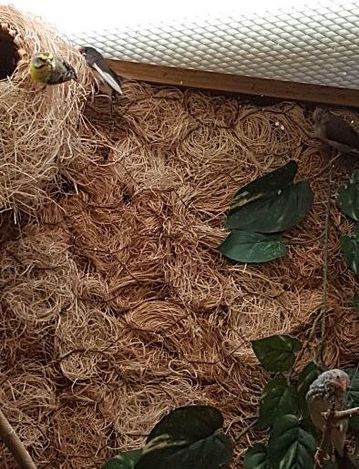 When I did finally see the bird land, nothing like that happened, of course. I cheered the bird on and then went home to the usual alarming headlines in the news. The challenges in my own life were no different than they'd been the day before. But that's okay. It was enough to step away from the aggregate blackness for a time and notice that good things, simple things, were still taking place all around me. Some birds have to work at flying. I guess we do too. Dog Walk Discoveries (July and August, 2017) I happened to walk by just when a ray of morning sun hit this sign. And another optimistic message from beyond: Welcome to Glory Camp! Made me think of a song we sang at church camp when I was a kid. I've got a home in glory land that outshines the sun...Do Lord, O, Do Lord, O do remember me. (And if you get that song stuck in your head all day like I did, remember I'm just spreadin' the joy.) I walked by this tent nearly every day for two weeks. A bigger, ordinary tent was across the yard. I couldn't get both into the picture, but this crooked little circus tent, way off to the side, always amused me. Ripped art on a utility box. Don't know what happened as I took this picture, but in all likelihood this image is more interesting than the one I intended. Dead vines, bright light. Now that is an attention-seeking shadow. And on a much smaller scale, so is this: a tiny leaf with a swan shadow. A living tree that's mostly hollow at the base. (Crosby Farm Regional Park in St. Paul) Another survivor here. (Fort Snelling State Park trail along the Minnesota River) Such a pretty mystery... I feel like there should be a miniature horse beneath this dwarf maple tree. What fairy tale is this? Yes, I am strange enough to find beauty in a cracker covered in ants. Just be glad I didn't share the video. Maybe that Cheese Nip was a pattern, teaching ants about straight lines. Always a good idea to end with flowers. |
Nancy Loewenis a children's book author, editor, tutor, mom of two adult children and one feisty cat, and collector of weird things. Featured Posts
My Reading Corps Service
Letters for Kids Double Rainbow A Blue Ribbon Day A Kind Neighbor, a Beaded Tree
Categories
All
Archives
December 2023
|
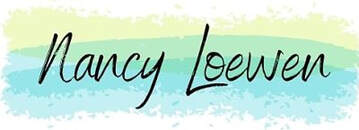
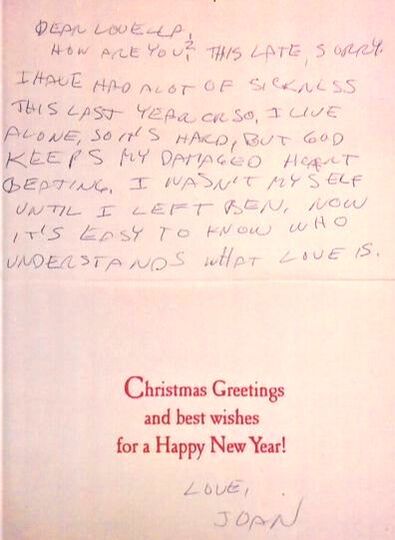

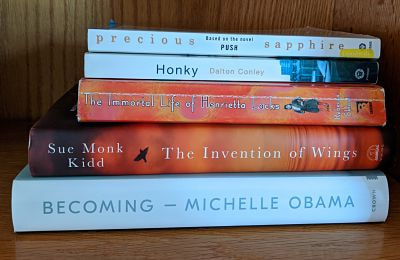
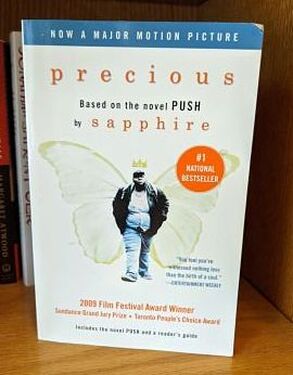
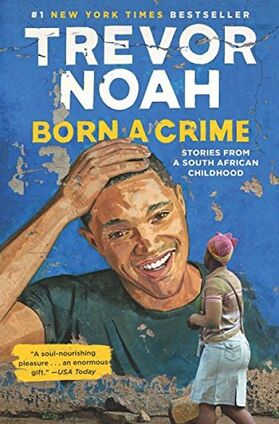
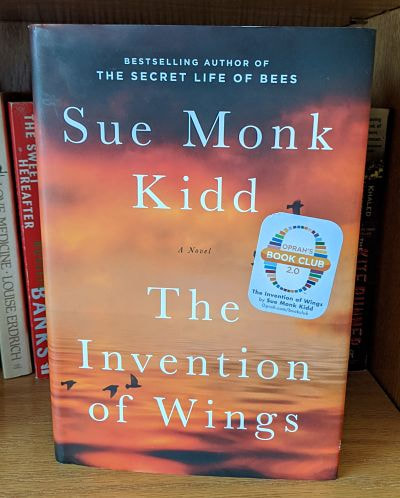
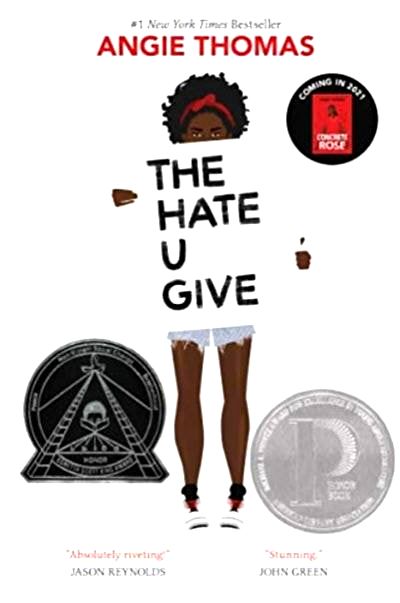
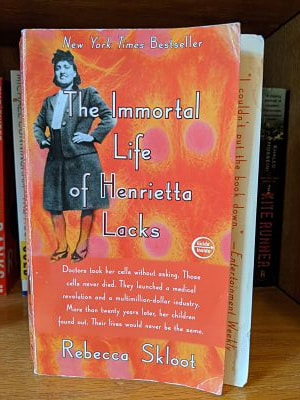
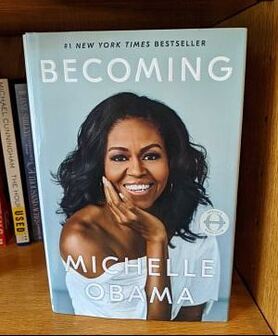
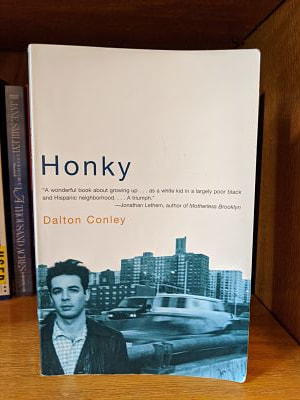
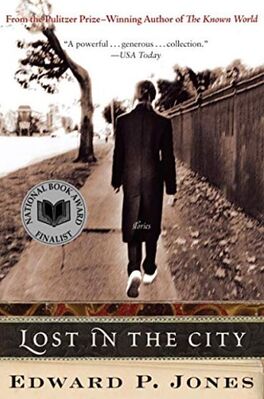
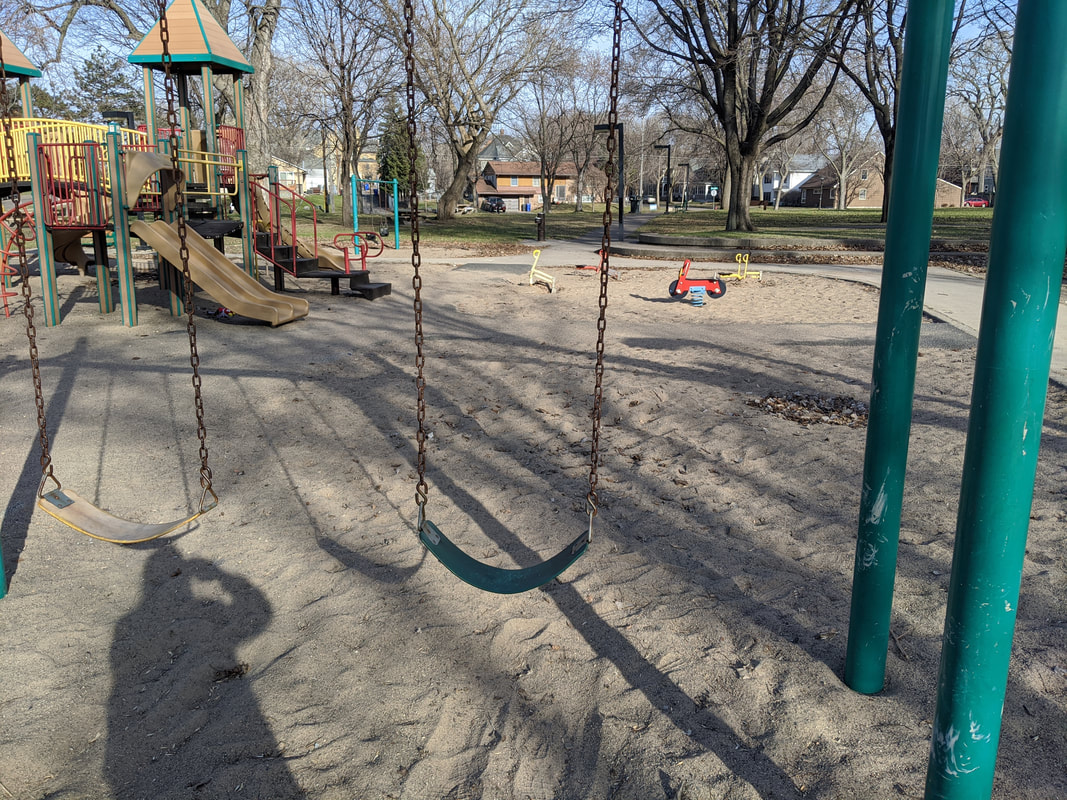

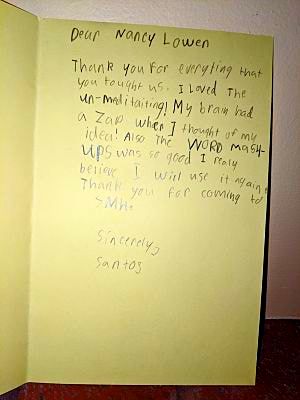
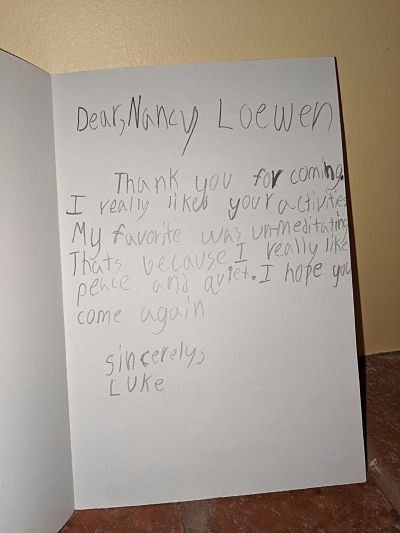
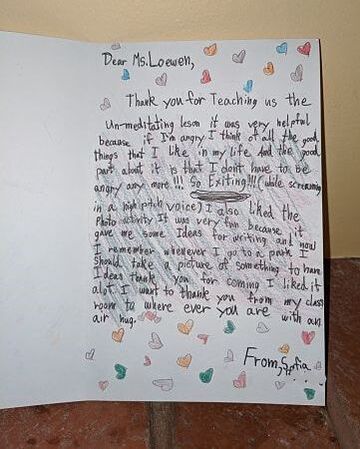
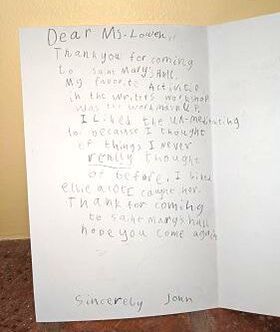
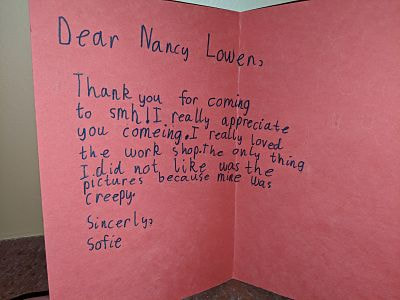

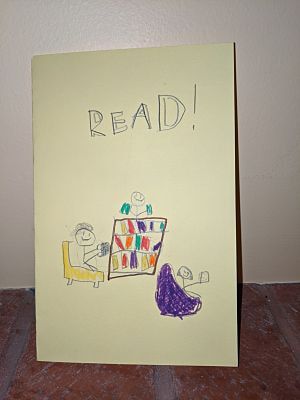
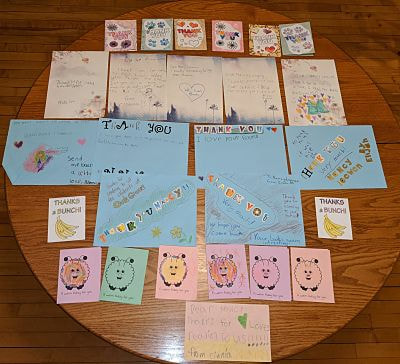

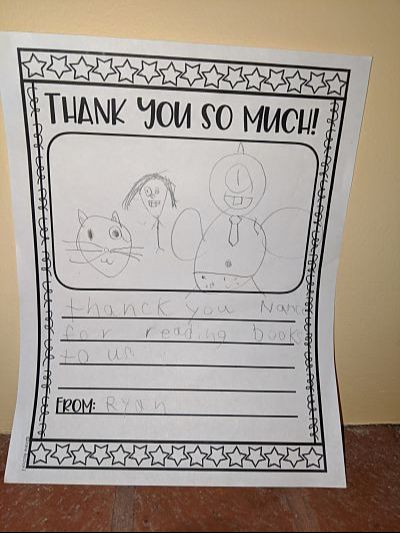

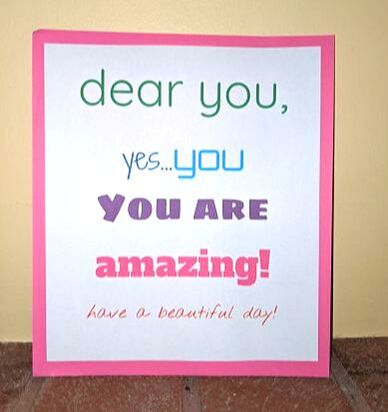
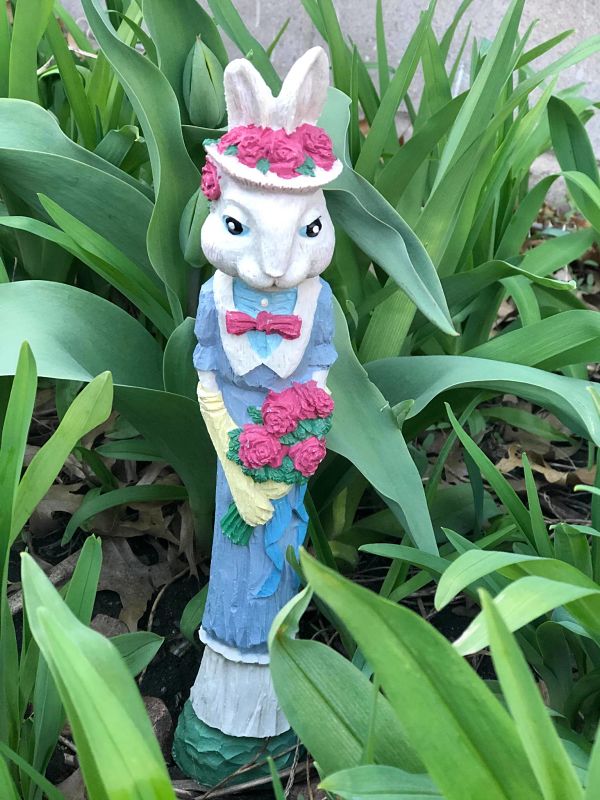
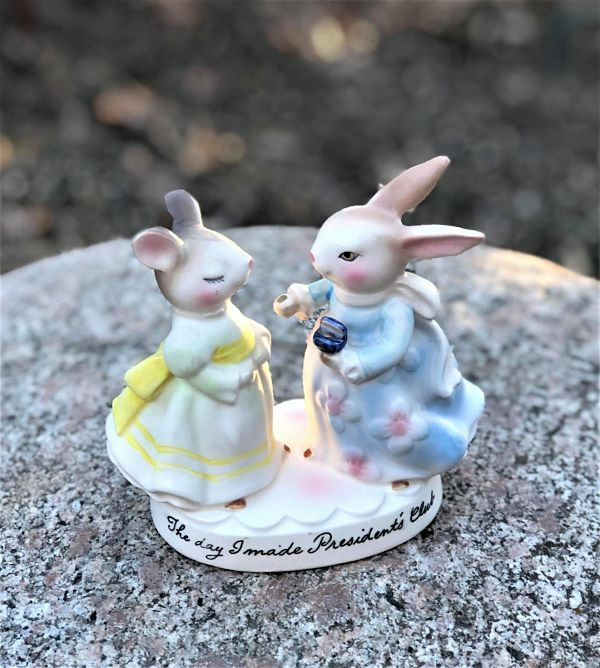



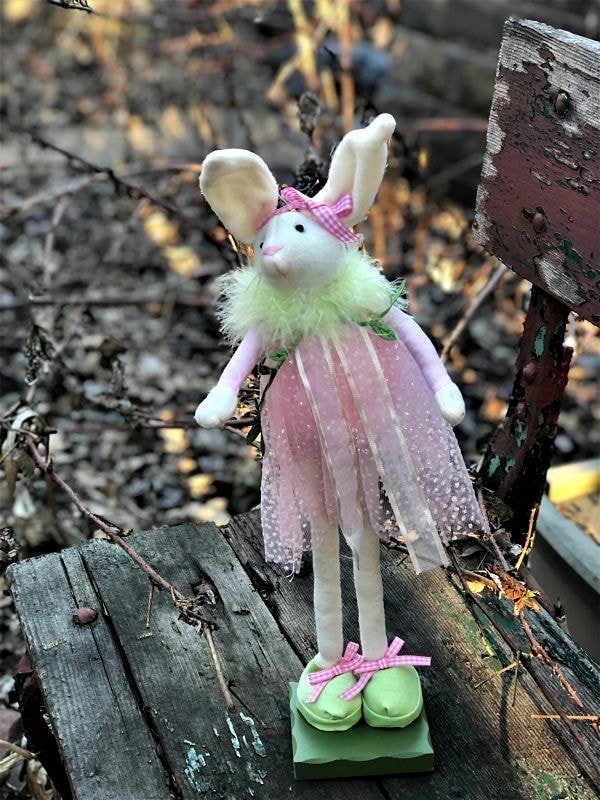
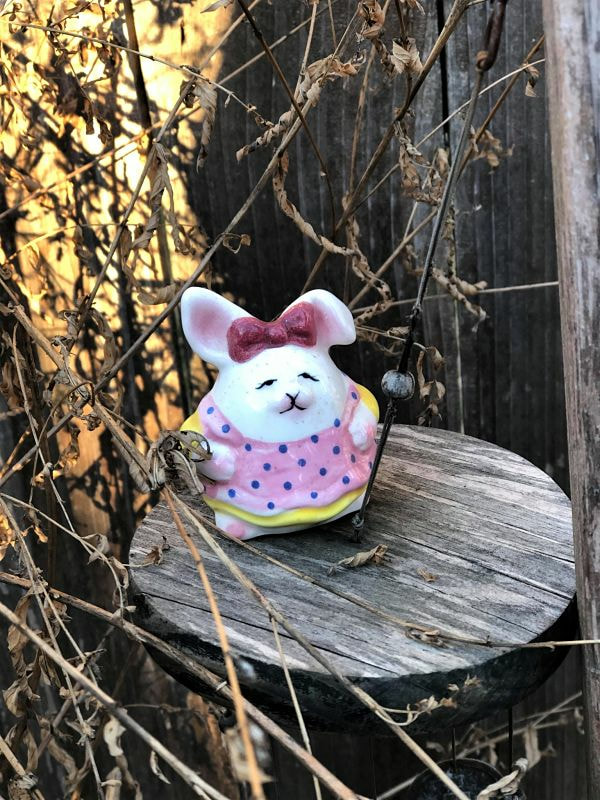

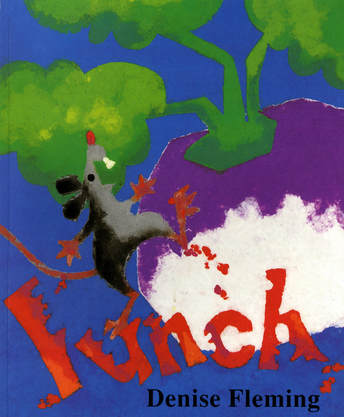
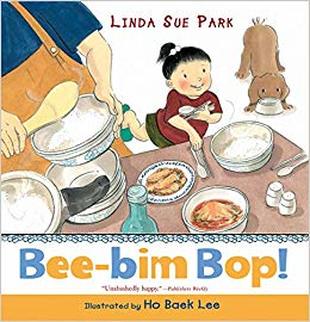
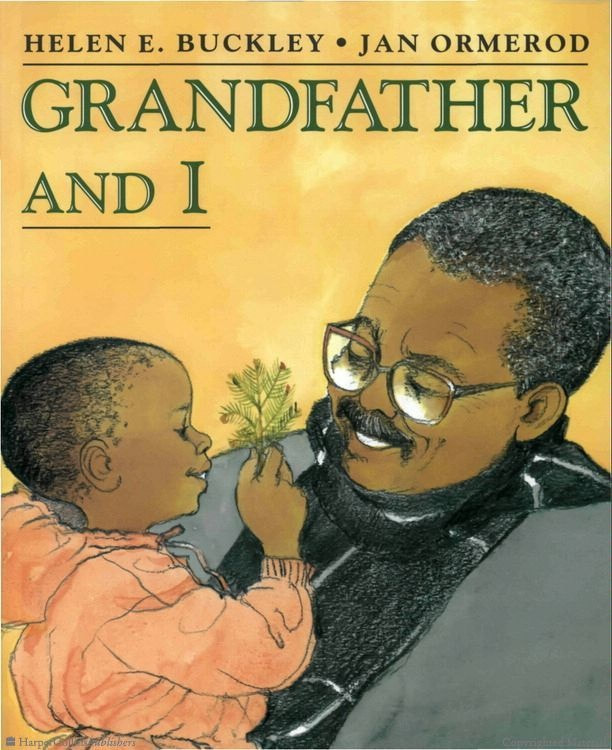
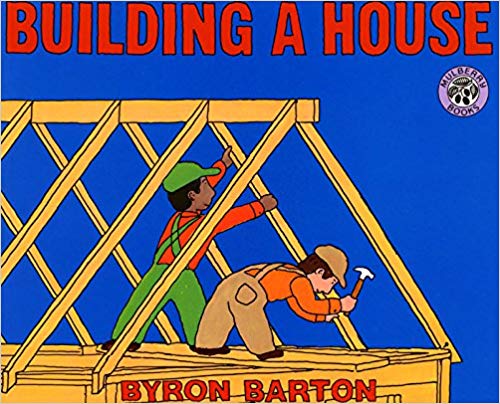
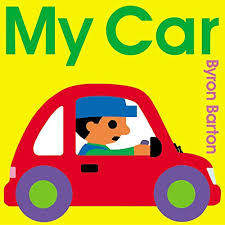
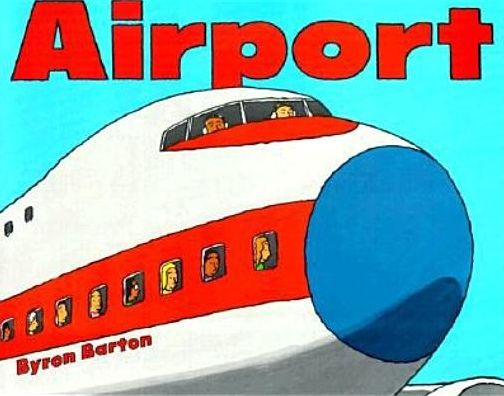
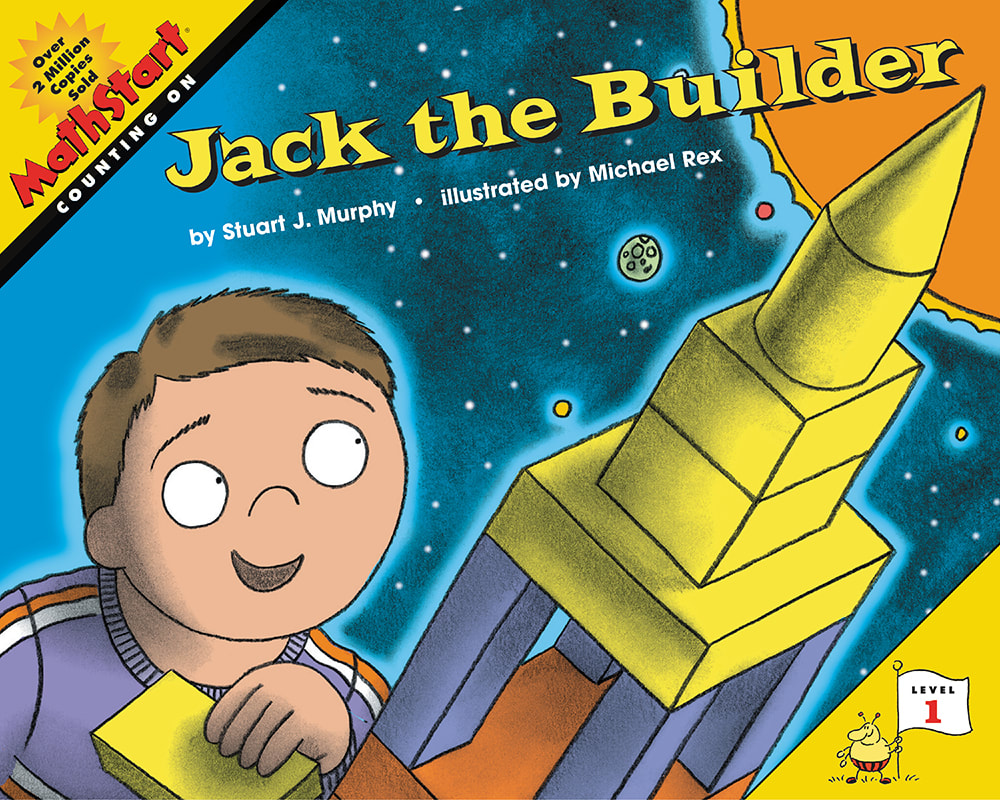
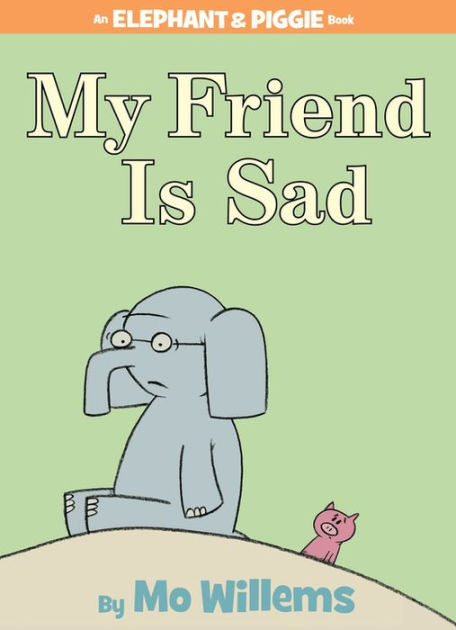
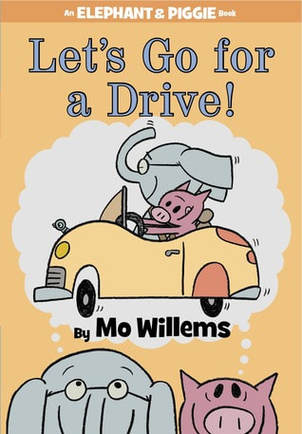
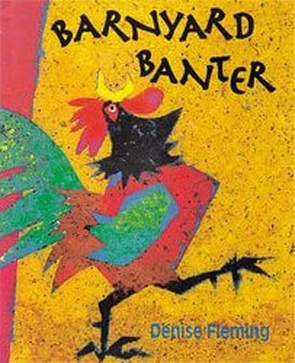
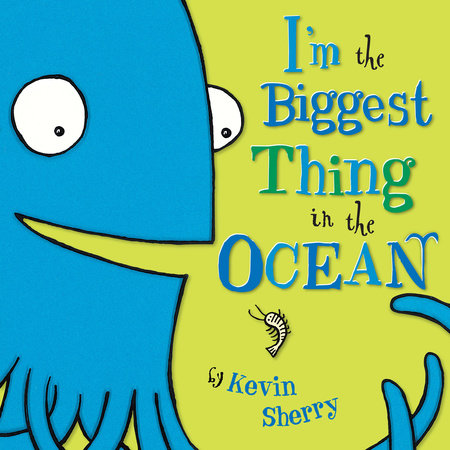
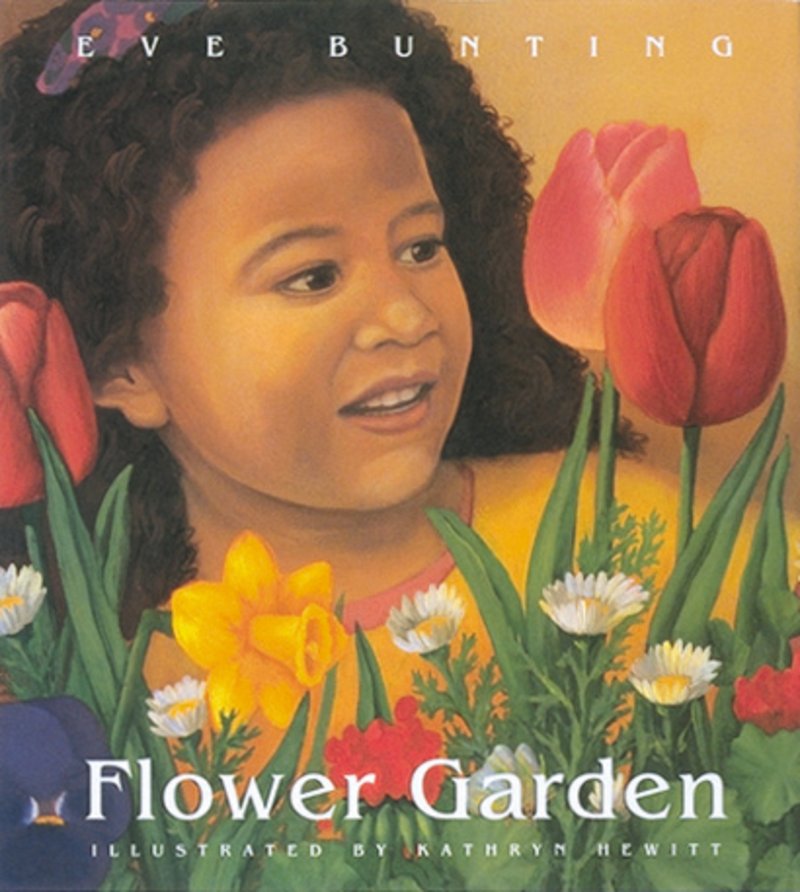
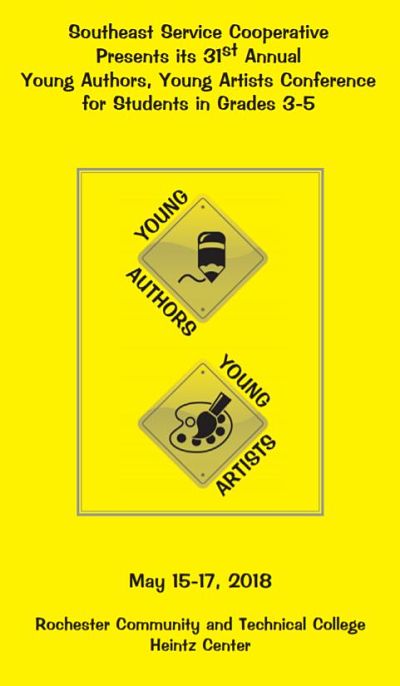
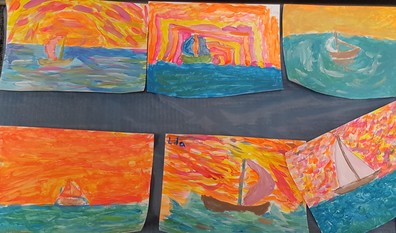
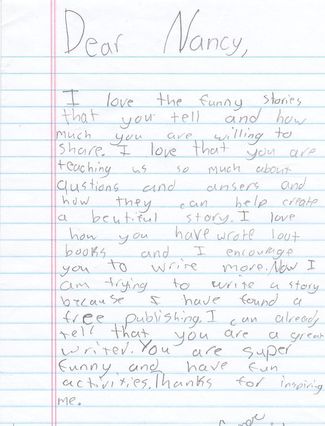
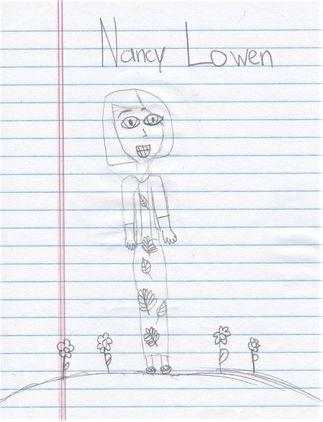
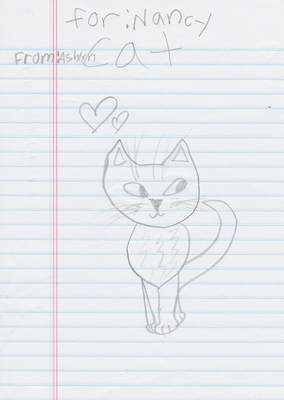
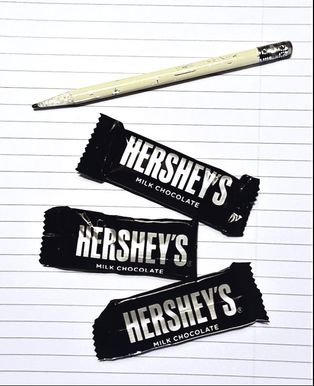
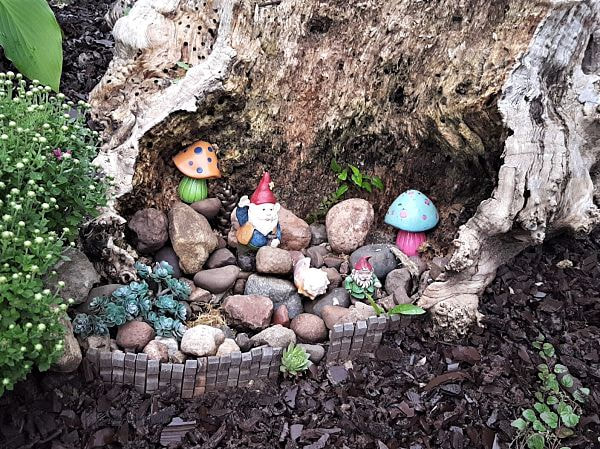


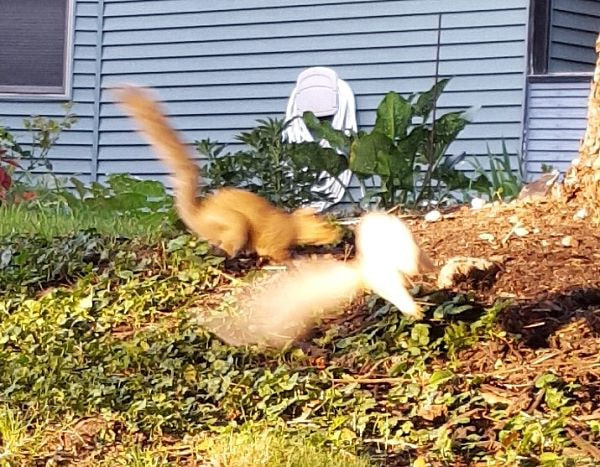

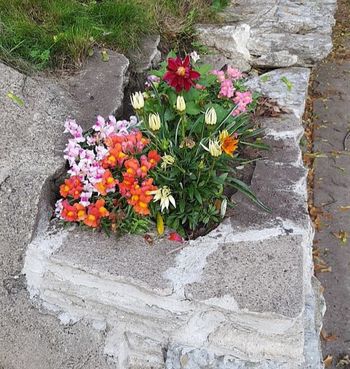

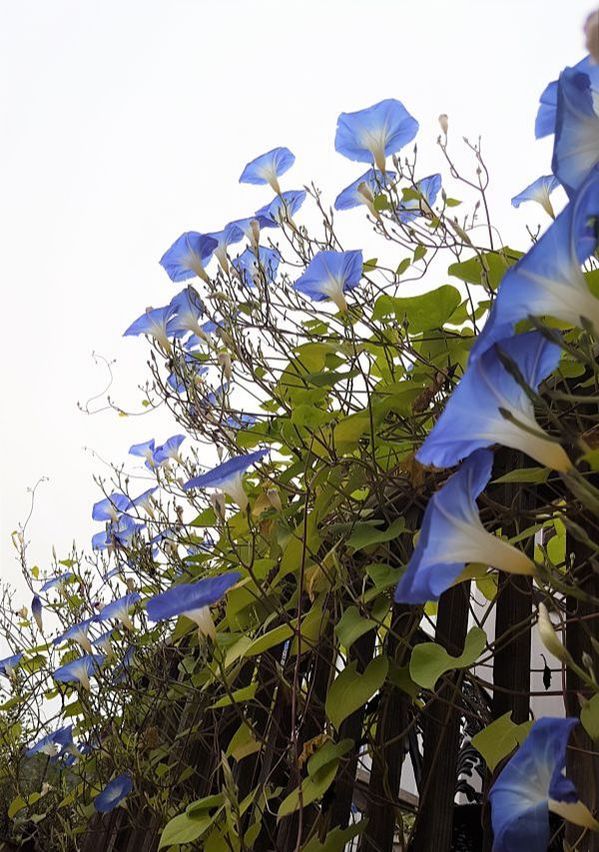
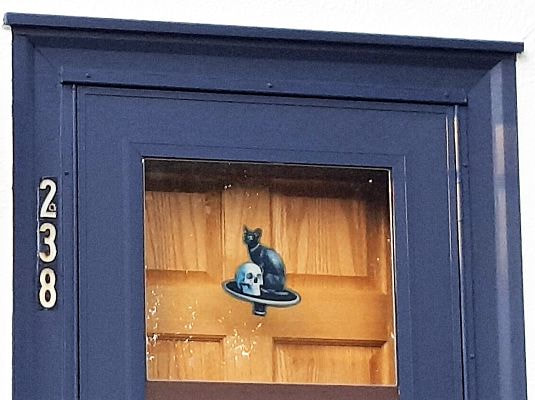
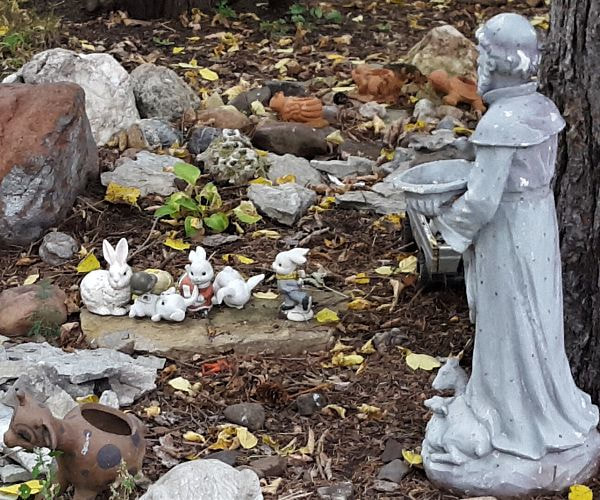
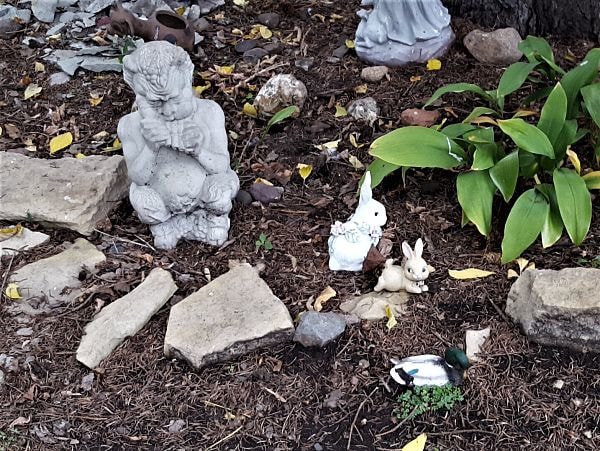
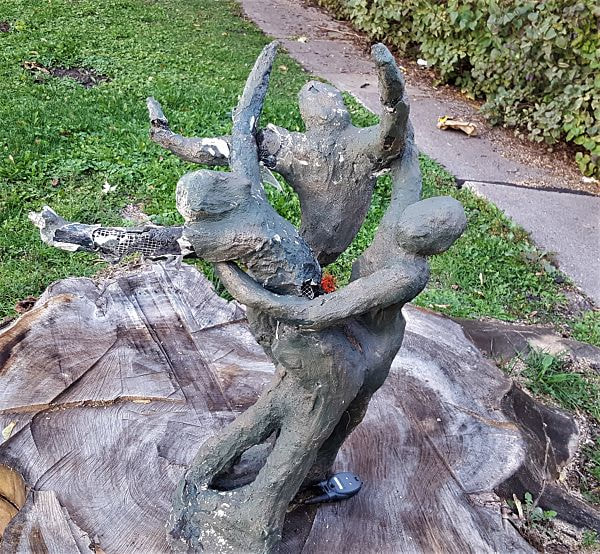
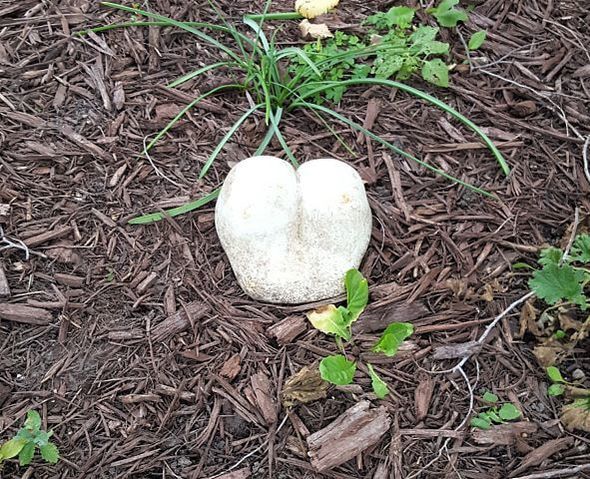
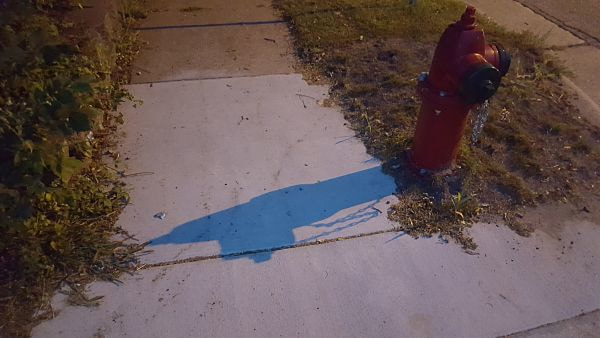
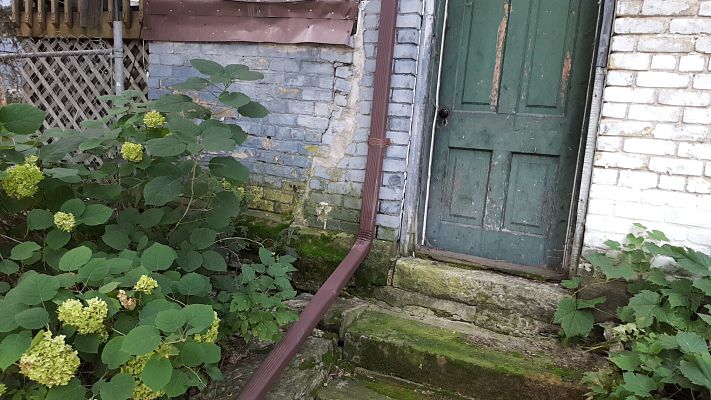
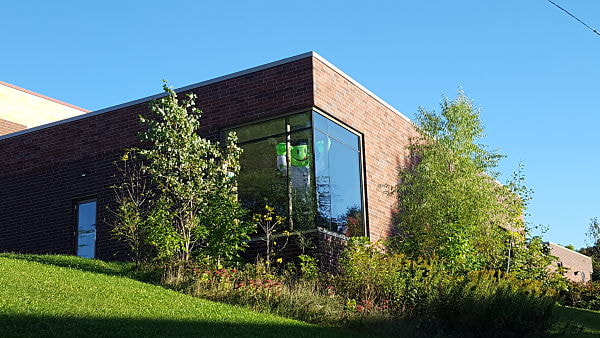
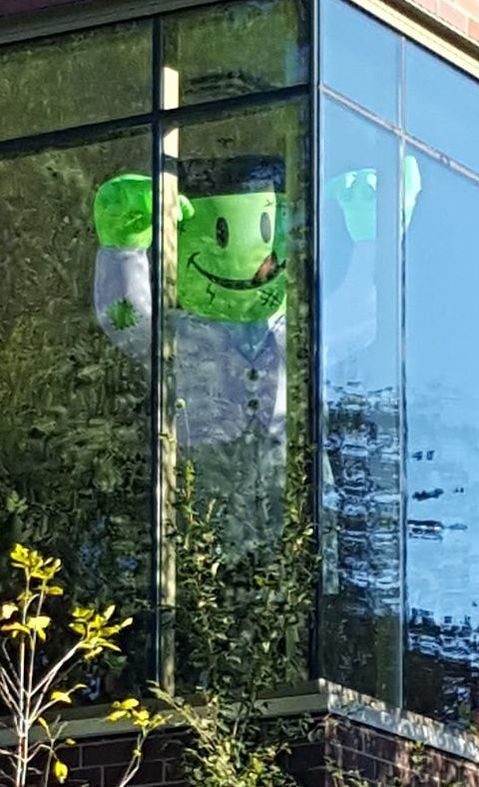
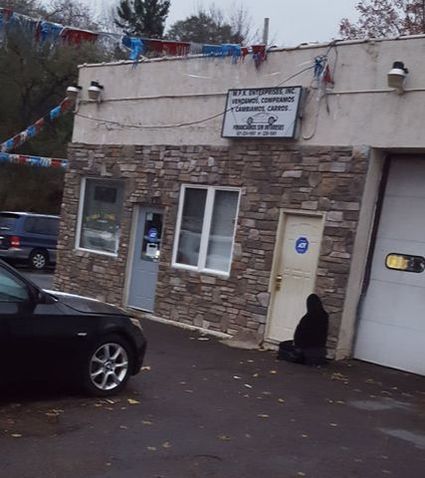
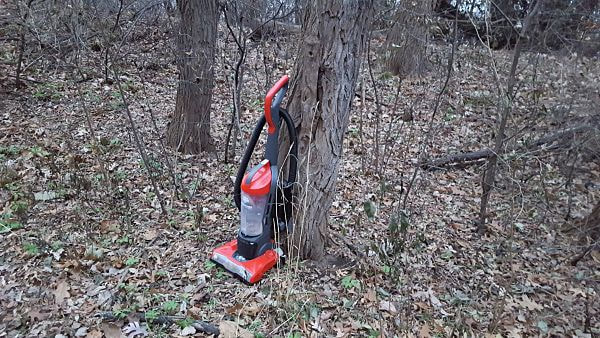
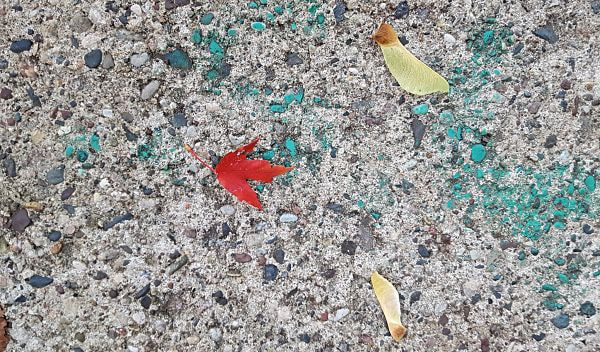
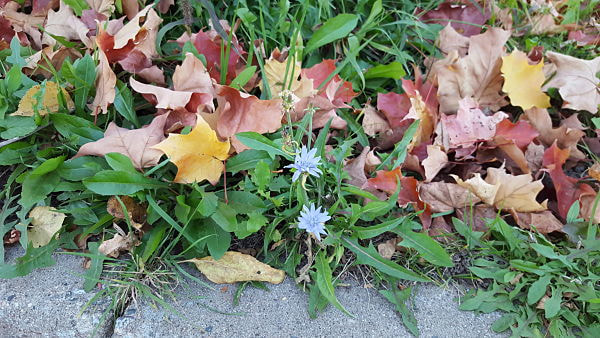
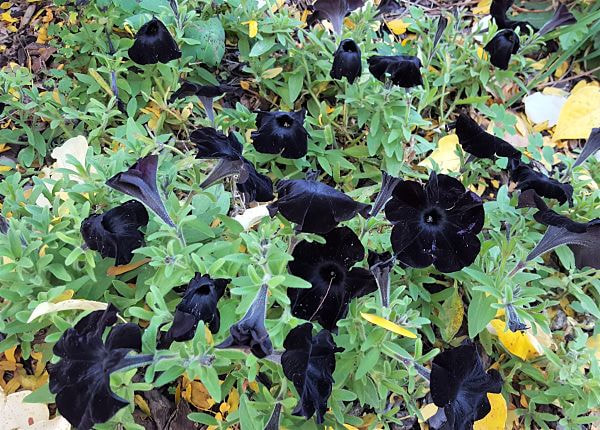

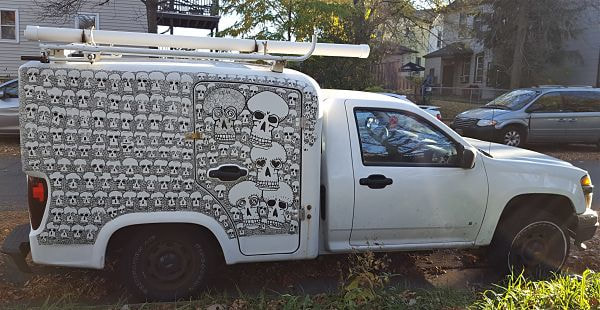

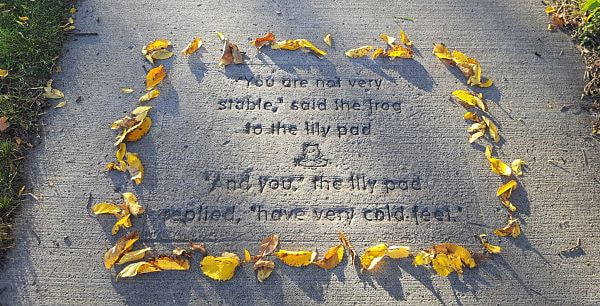
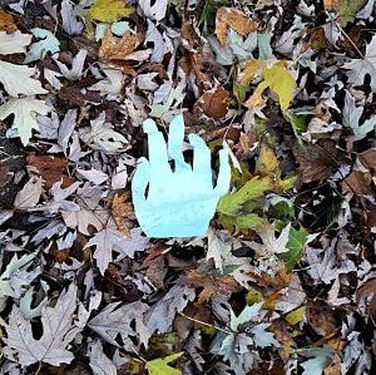
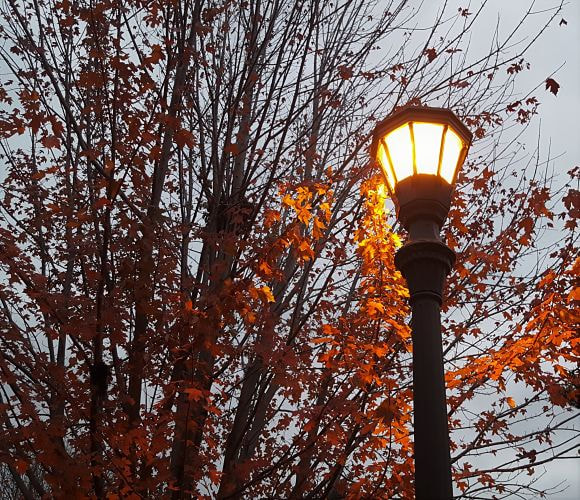
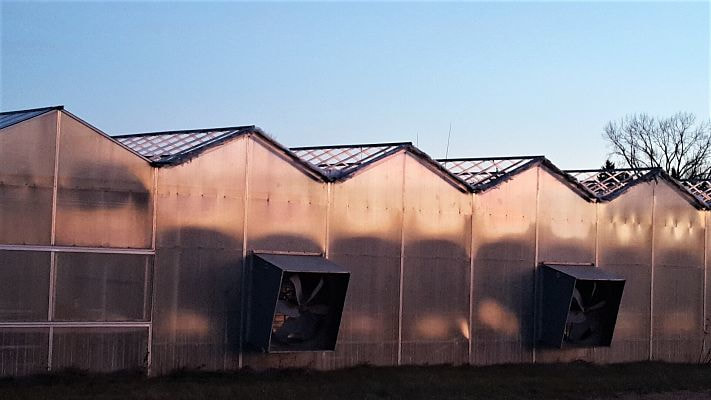


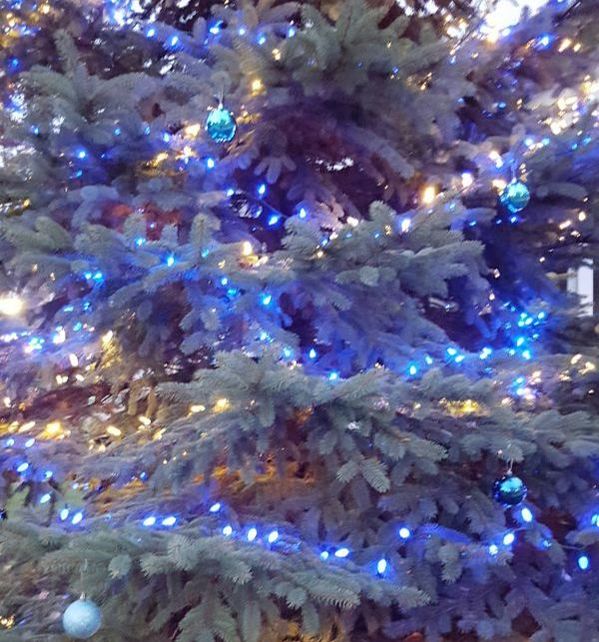
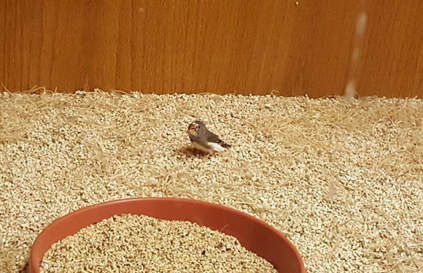
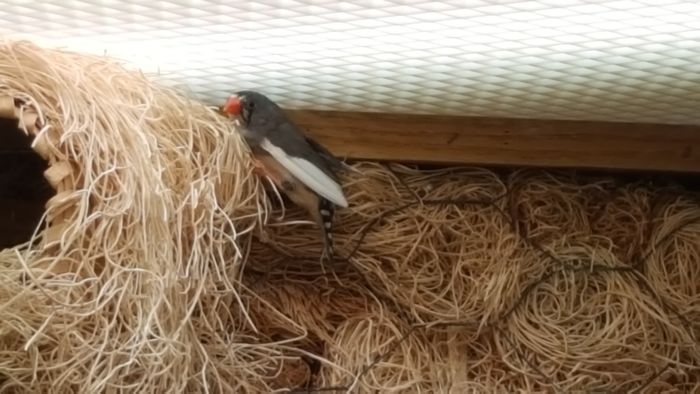
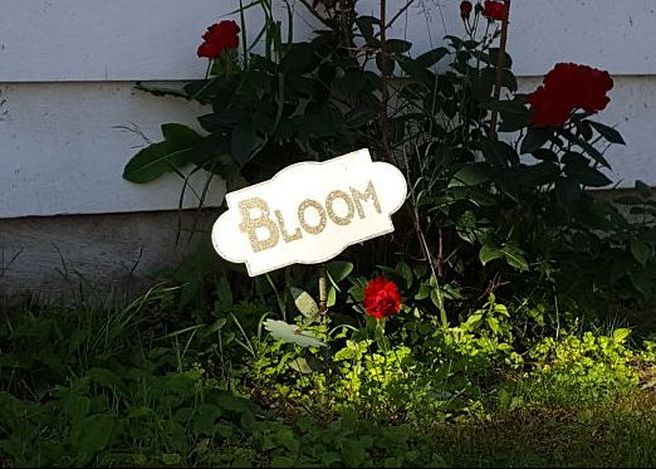
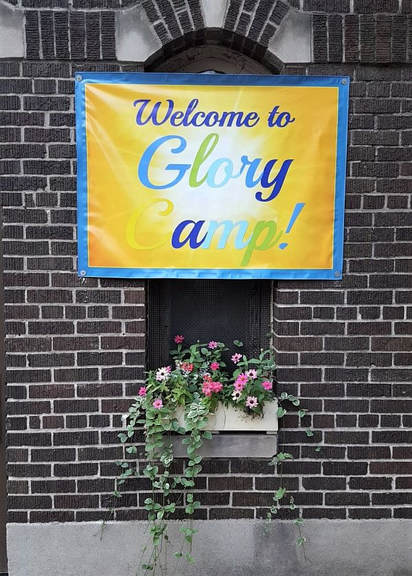
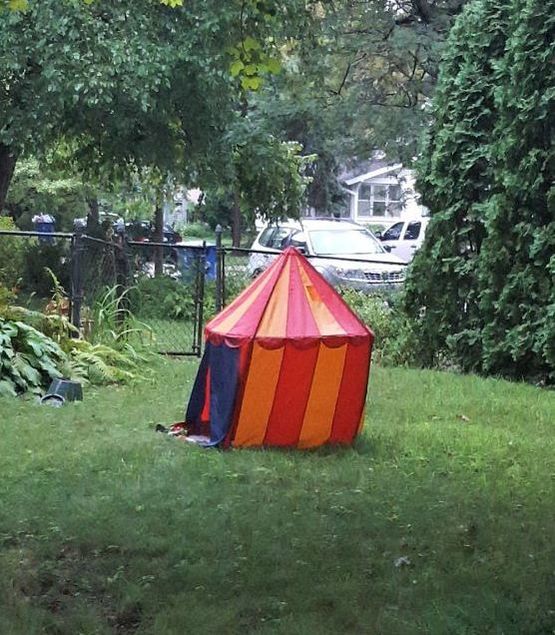
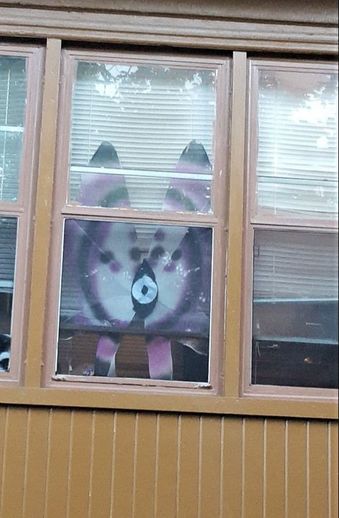
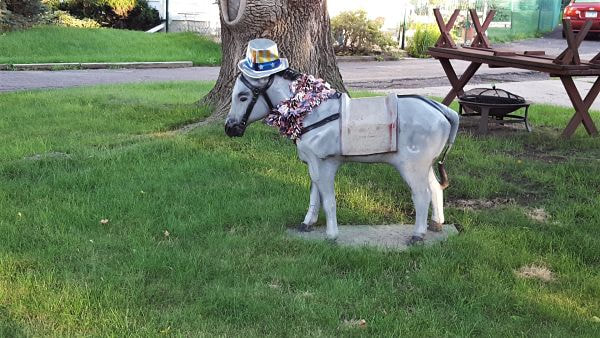
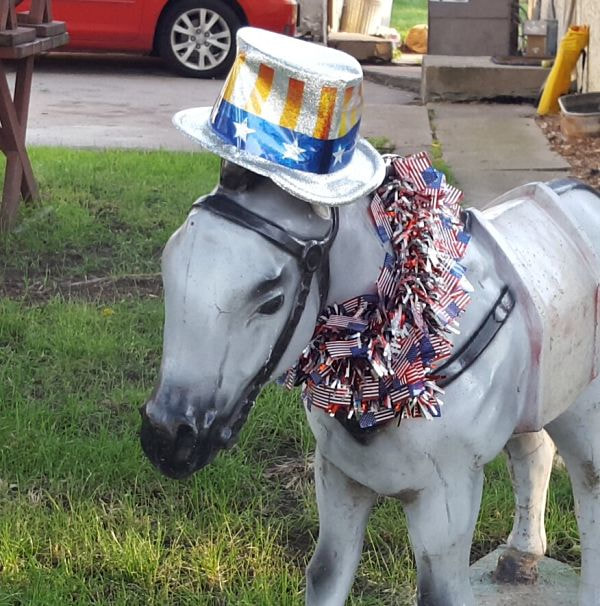
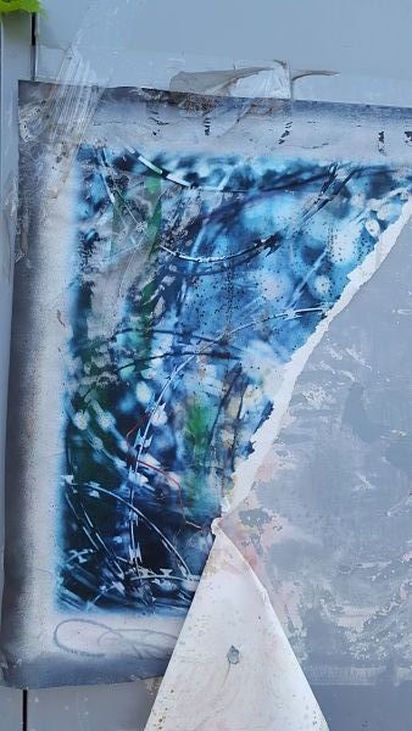
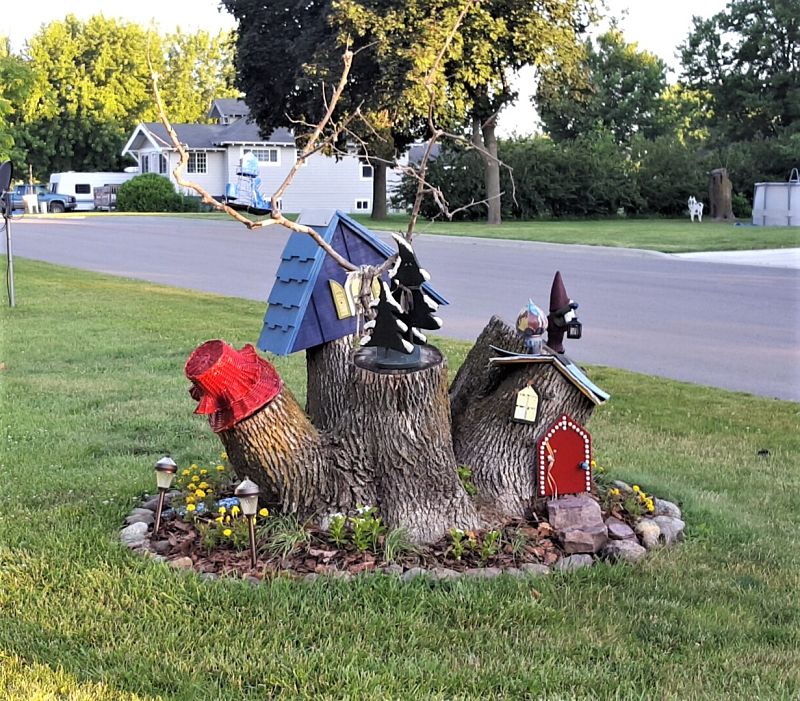
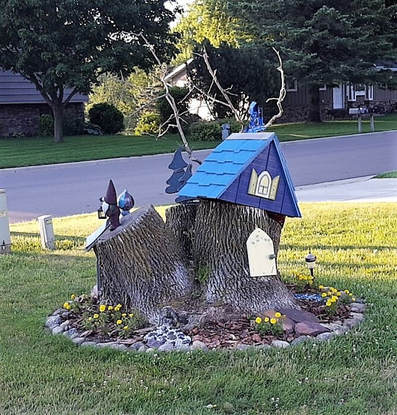
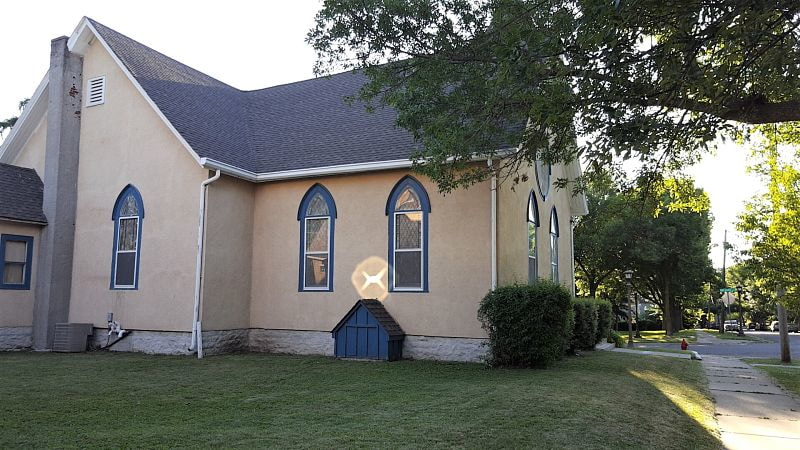
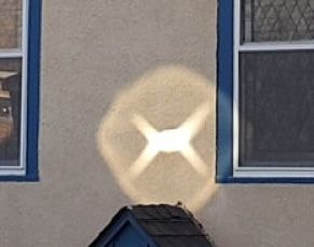
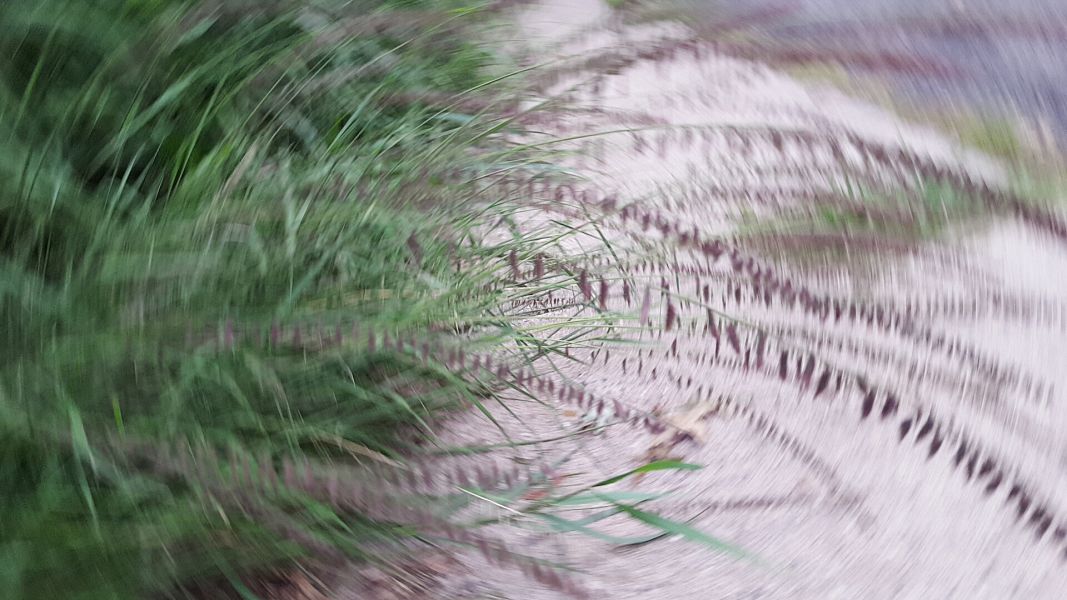


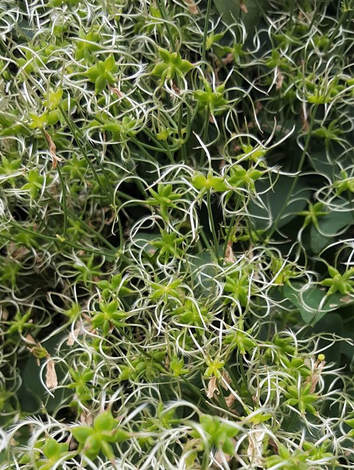
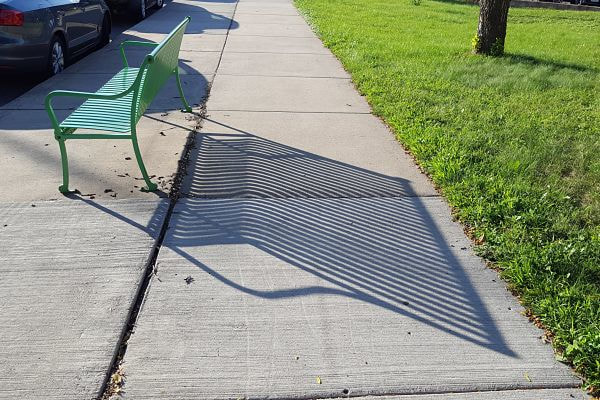
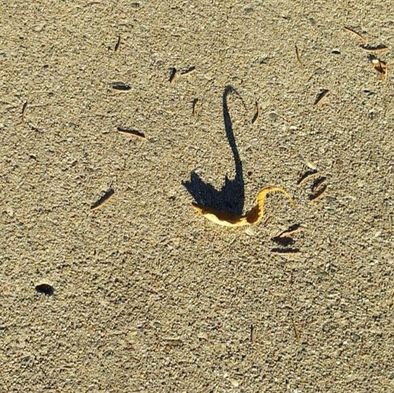
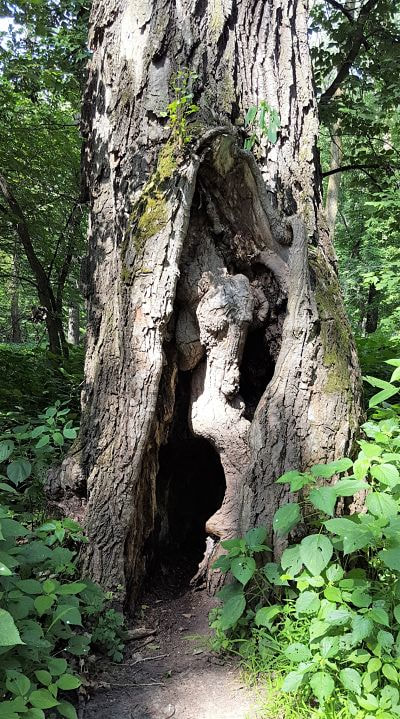
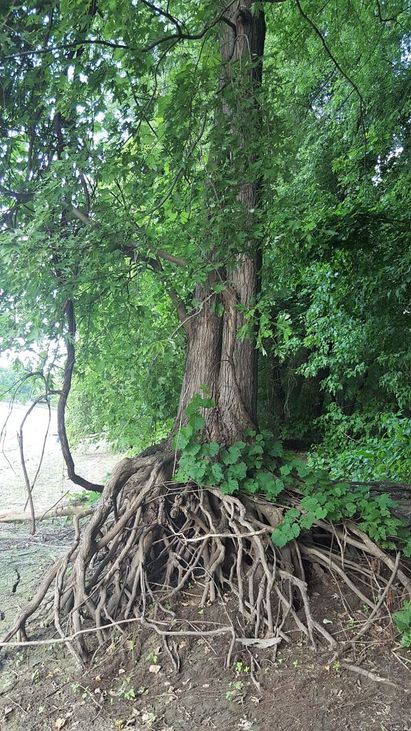

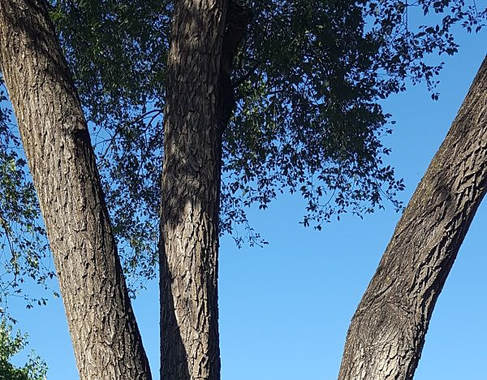
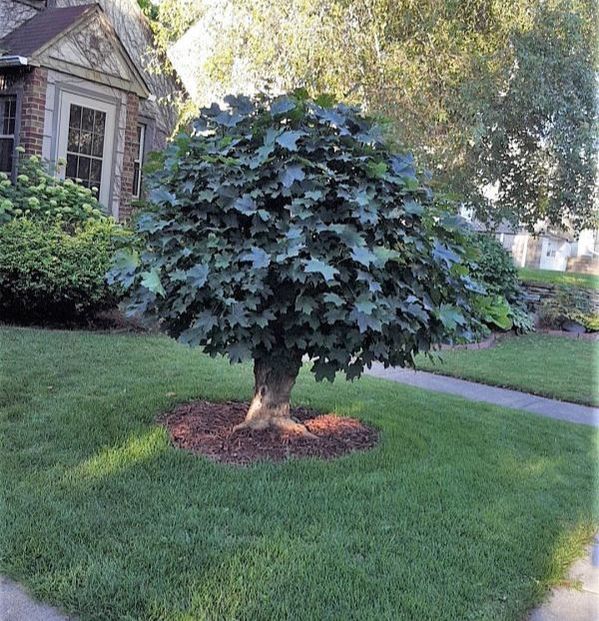
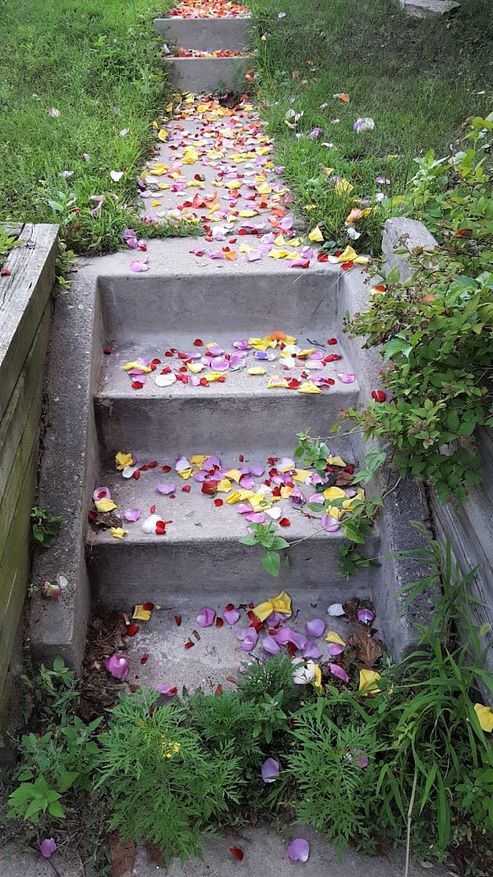
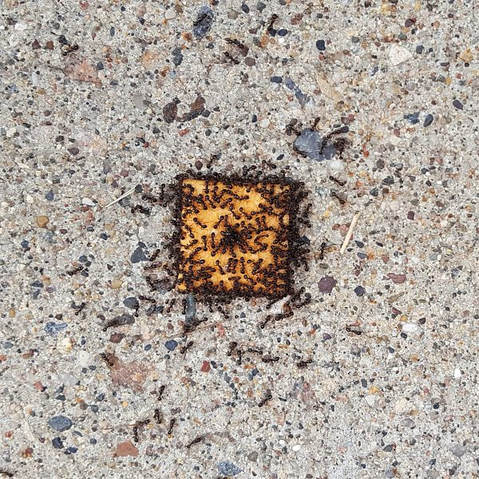

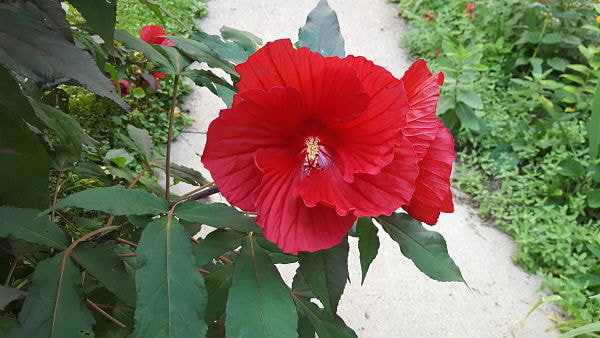



 RSS Feed
RSS Feed